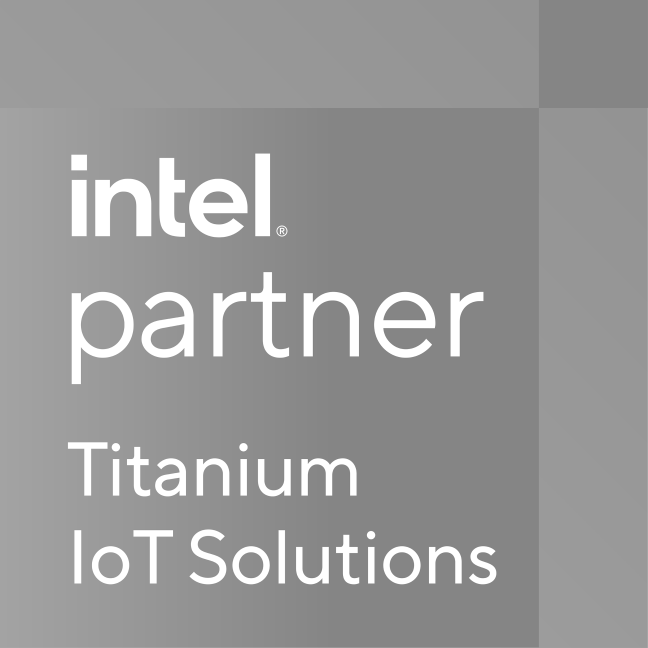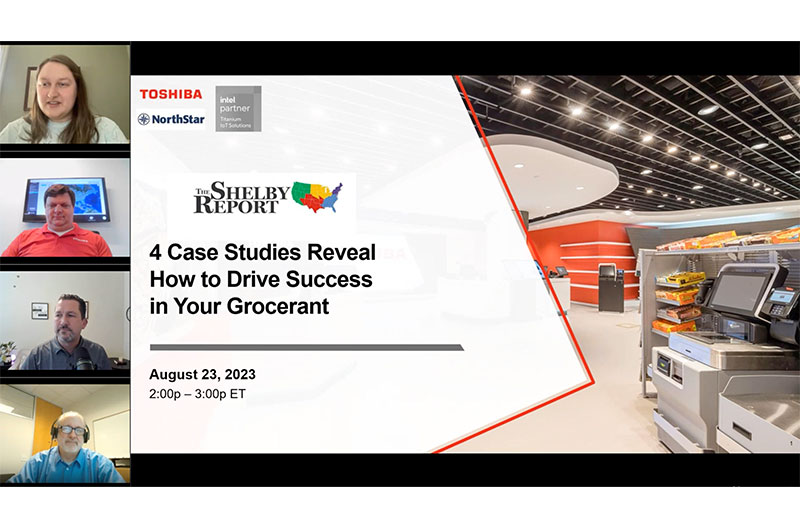

The biggest challenge
First, modernization, system availability and flexibility continue to be daunting. “A lot of challenges (retailers) face is maintaining hardware, software, services, maintenance – everything. Some of the older, more established retailers have aging infrastructure they need to manage, applications are very old. And they’re really concerned with the system availability in their stores…They want to make sure there’s interoperability with their hardware and software,” Nicklis explained. Second, increasing security, reducing risk and time to market are becoming increasingly important. “How do we mitigate and help you plan for a five-, 10-year life cycle of your hardware or your plans for infrastructure at the point of sale? We’re seeing it in the news every day, the shrink people are experiencing…and how do we develop loss prevention-type of solutions, or other things that will help mitigate that?…We understand there’s a lot of different grocer pain points that our customers are facing today,” Nicklis said. Julian spoke to the importance of digitization in the grocerant space. Customers are expecting a seamless experience across every part of the retail experience. This can cause difficulties for retailers who are working to expand their foodservice offerings. “Does the tech play well together? Is it managing the multiple price tiers? Because you’ve got to manage them in two different systems,” he said. “People want mobile ordering. They want to be able to see the product on their mobile phones.”Two stores, one building
Speaking specifically about brands that have established restaurants, he said they typically have different systems and for customers, it makes it feel like “two different stores.” Grocerants should strive to provide a frictionless commerce experience. “If it’s not a good experience…the full experience, whether it’s the ordering experience, the payment experience, the experience, the food; it’s all part of the equation…We’ve all been in one of those grocery stores that you have to go to the deli counter, ring up your sandwich, pay for your sandwich and then go and take your cart of groceries to the front,” Julian said. Customers are more frequently choosing self-checkout, and they want the same for the restaurant experience. Likewise, delivery of prepared foods through third parties like DoorDash is emerging as the next generation’s preferred method of getting takeout. Speaking on the frictionless commerce experience, Gartside explained how businesses can lose potential customers. “I think that the marrying of your software with your hardware solution is crucial. And the flexibility of that is also critical because you can’t create the right guest experience unless the technology is there to do that. Whether it’s at the front of the store, it’s mobile or in the center of the store…you’ve got to have technology that’s flexible…If I go into the grocerant and I go to order food and the POS terminal is down…it ends up killing the guest experience,” he said. Behind the counter, the same systems that connect customers to products need to connect stakeholders with relevant business information. The system needs to compile financial data in one place and provide management with one set of books. It also needs to be able to update the price files across categories.Case studies
Beginning with an example of California-based Bristol Farm’s Newfound Market in the Irvine Spectrum Center, Julian explained how the 90-seat restaurant and bar works alongside the specialty grocer. “They have four walk-up restaurants…They also have a deli counter where you can get prepared foods and deli-sliced meats…also a full cafe. But it isn’t like any other Starbucks where you can get a coffee. There’s a cold case there in the front where you can pick up fruits and pastries. And all of that is tied in to their end-of-day checkout.” Sharing a personal anecdote, Julian explained the Newfound Market deli is a favorite spot for him and his coworkers due to its ease of use and speed. The team at NorthStar noticed a way it could improve efficiency for the grocerant. “Our team frequents going to lunch there. In a traditional grocery store, there’s a line. You go up and pull a ticket and you go wait to talk to the guy behind the deli…This deli counter happens to also do full prepared foods…It’s almost a full restaurant. We came to them [with] this order prep and text to the guest.” Instead of taking a number and giving orders directly to the deli workers, an integration of digital ordering and text notifications enables customers to continue about their shopping experience instead of waiting in line. “They’ve went from having 20-30 people standing in front of that deli counter in these busy times to almost no one,” Julian said. Julian also explained that the POS used by Newfound Market enables customers to easily checkout, regardless of their needs. “Grocery stores need to operate like grocery stores. The restaurant needs to operate like a restaurant. We’ve allowed the capability to allow the two sets of sales to sync. I can go to a self-checkout and take that sandwich and scan it. I can take a bottle of Italian soda to the deli counter and ring it up. And I have to be allowed to pay frictionlessly – from anywhere in the store. And from any piece of technology, ultimately allowing the guest to do anything and everything everwhere.” Likewise, Julian urged the importance of partnering with third-party vendors such as DoorDash. Specifically mentioning brands such as Lucky, Bristol Farms, Brookshire Brothers and New Season Market, these apps provide a new avenue for grocerants to reach their customers.The Solution
That’s where Toshiba and NorthStar come in.
Register for the on-demand recording to view at your own convenience.
Sponsored by:



